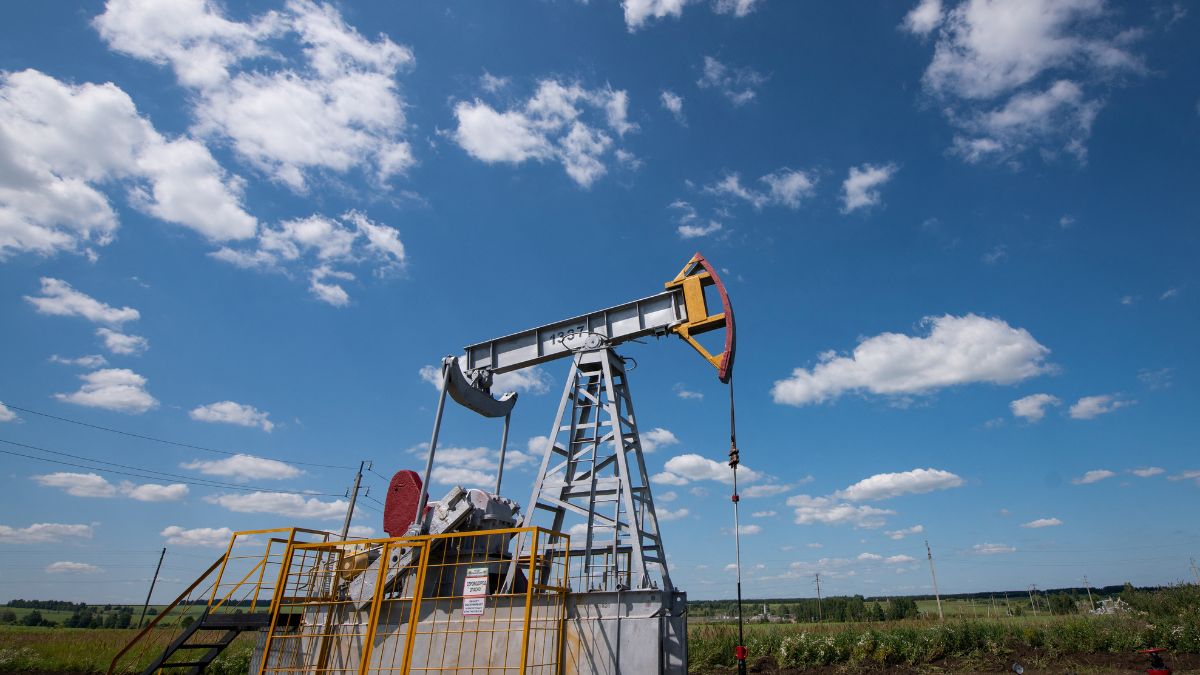United States President Donald Trump has increased pressure on India to reach a bilateral trade deal by imposing 25 per cent tariffs on Indian imports. Compared to India, more than 50 countries have lower levies, including Pakistan and Bangladesh at 19 per cent and 20 per cent, respectively.
On Wednesday (July 30), Trump announced 25 per cent tariffs on goods imported from India from August 1 and threatened a “penalty” tariff for buying Russian crude oil. In another scathing attack, the US president said that India and Russia could “take their dead economies down together.”
As Trump goes after New Delhi for its trade with Moscow, particularly crude, can India give up Russian oil?
Let’s take a closer look.
How much Russian oil does India buy?
India’s oil purchases from Russia have seen a hike since Moscow invaded Ukraine in February 2022.
In fact, China and India are the top two buyers of Russian oil.
Before the Ukraine invasion in early 2022, Russia accounted for a mere 0.2 per cent of India’s imports of crude oil. India purchased 68,000 barrels per day of crude oil from Russia in January 2022, PTI reported, citing global real-time data and analytics provider Kpler.
By June 2022, Russia replaced Iraq to become India’s top oil supplier . Moscow supplied 1.12 million barrels per day (bpd) to India, compared to 993,000 bpd from Iraq and 695,000 bpd from Saudi Arabia.
The turnabout came as the West sanctioned Russia over its war in Ukraine. This led Moscow to cut crude prices, with discounts reaching $40 per barrel at one point.
India ramped up its purchase of discounted crude oil from Russia. In May 2023, Russian oil imports peaked at 2.15 million bpd.
India’s import of crude oil from Russia has not fallen below 1.4 million bpd. While prices have varied, New Delhi has since bought Russian oil worth approximately $275 billion each year, as per a New York Times (NYT) report.
Since the Western sanctions on Russian oil, China has purchased 47 per cent of Russia’s crude exports, followed by India (38 per cent), the European Union (six per cent), and Turkiye (six per cent), according to the Centre for Research on Energy and Clean Air (CREA) analysis.
Last month, India’s crude oil imports from Russia rose to an 11-month high of about 2.08 million barrels per day. “In June, India remained the second-largest purchaser of Russian fossil fuels, importing fossil fuels worth 4.5 billion euros. Crude oil accounted for 80 per cent (3.6 billion euros) of these imports,” as per the CREA data, reported by CNBC-TV18.
The oil companies in India refined some of their imported crude oil for domestic consumption, while the rest was exported as diesel and other products, including to Europe.
The cheap Russian oil helped India keep inflation in check and the economy stable amid growing geopolitical tensions.
India has maintained a neutral stance in Russia’s war with Ukraine. It has also defended its trade with Moscow, citing historical ties and energy needs.
Union Minister of Petroleum and Natural Gas Hardeep Singh Puri has also repeatedly stated that global oil prices would have significantly spiked if India had not purchased Russian oil.
Can India cease buying Russian oil?
As Trump presses New Delhi, Indian state refiners have stopped buying Russian oil in the past week, industry sources told Reuters.
On July 14, Trump had threatened 100 per cent tariffs on countries buying Russian oil unless Moscow reached a peace deal with Ukraine.
Puri previously asserted that India was not perturbed by the US president’s threat, as oil markets remain well supplied. “Russia is 10 per cent of global production. We have the analysis that if Russia were not included, the prices would have gone to $130 a barrel. Even Turkey, China, Brazil and even the EU have bought oil and gas from Russia,” the minister said.
Puri also warned an uptick in oil prices if Russian crude was shunned. “There are two possibilities: one, the whole world consumes 10 per cent less — which means some people won’t get heating in winter; some won’t get air conditioning in summer; some of the transport will stop flying. Or, you start buying more from the remaining 90 per cent (suppliers). You know what that would do to prices? The prices would skyrocket,” he said.
If Trump goes through with his threat of a “penalty” tariff, it would become difficult for India to continue buying Russian oil, the discount on which has decreased.
In such a case, Indian refiners will have to return to their traditional crude suppliers in West Asia and seek new ones such as Brazil. However, these new barrels would bear a higher cost, ranging around $4-5/barrel, as per an Economic Times report.
India has also enhanced its crude imports from the US.
However, it is not easy for the South Asian country to ditch Russian oil, partly because its refineries are configured for Russia’s denser and more sulfurous fuel, reported NYT.
“The pivot away from Russia — if forced — will be costly, complex and politically fraught,” Kpler wrote in a note this week.
With inputs from agencies
)